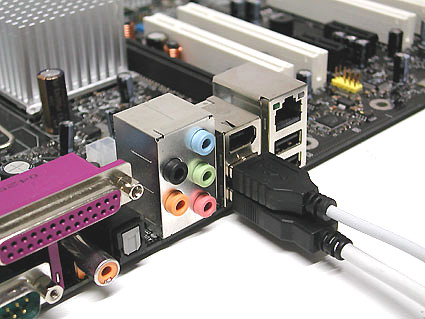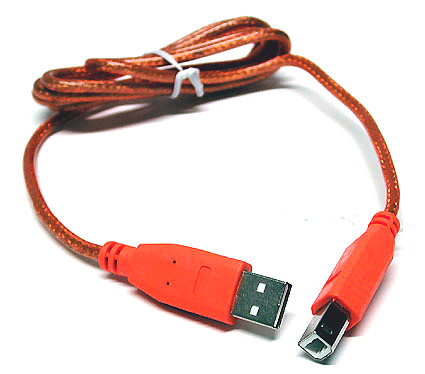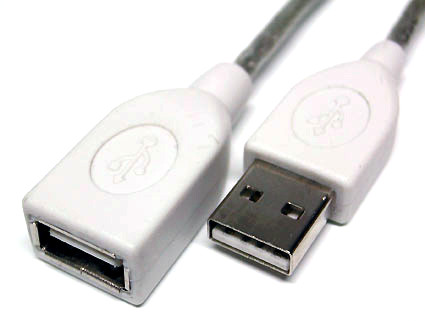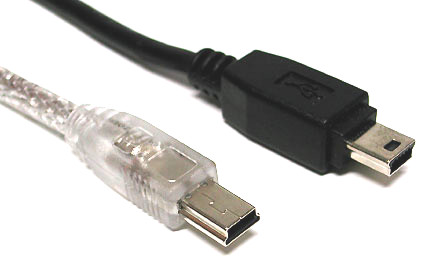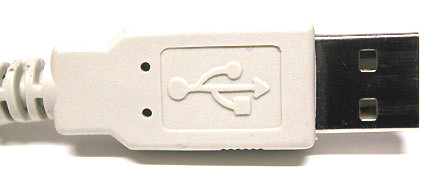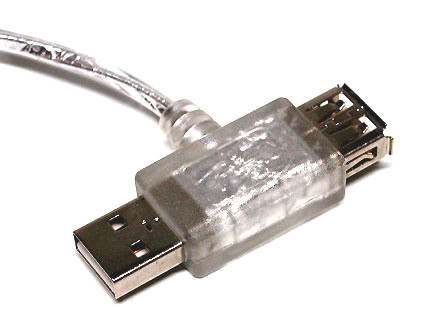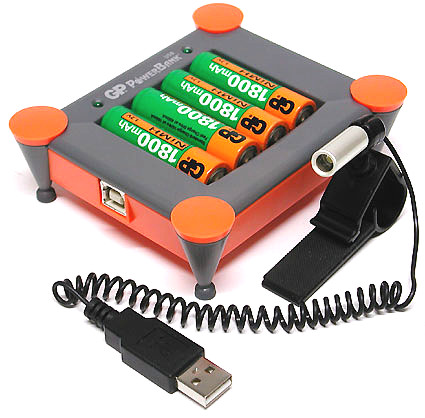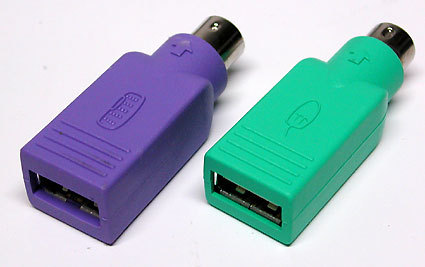PC Interfaces 101
External: Connectors For External Peripherals
USB
Universal Serial Bus (USB) connectors are designed to connect computers up to external peripheral devices such as a mouse, keyboard, portable hard disk, digital camera, VoIP telephone (Skype), or printer . Theoretically, up to 127 devices can be attached to a single USB host controller. Data transfer rates for this interface tops out at 12 Mbps for USB 1.1 and at 480 Mbps for USB 2.0. The connectors themselves don't differ for USB 1.1 and 2.0; differences in transfer rates are a function of the USB host controller in the computer and the USB devices themselves. USB offers integrated power delivery through the interconnecting cable, so that USB devices such as external hard disks can operate without their own independent power supplies (provided that they don't need more current than the USB interface can deliver: a maximum of 500 mA at 5 V).
There are three types of USB connectors:
- Type A connector: typically found on the PC
- Type B connector: typically found on the USB device itself (if it has a detachable cable)
- Mini-USB connector: typically found on digital still and video (camcorders) cameras, measurement instruments, and external hard drives
USB Type a (left for computer link) and USB Type B (right for devices)
USB Extension Cables (should never be more than 16.4 ft/5 m)
USB Mini connectors are typical on digital cameras, external hard disks, or measurement instruments
The USB logo is always worked into the connector itself
Split cable: 5v and 500 mA are available from each USB port; those devices that need more power (such as a mobile hard disk) can use this cable to draw additional power from a 2nd USB port (500 + 500 = 1000 mA)
Get Tom's Hardware's best news and in-depth reviews, straight to your inbox.
Curiousity: In this case USB serves only to provide power for a battery charger, making the otherwise obligatory brick unecessary.
PS2 USB Adapter
Current page: External: Connectors For External Peripherals
Prev Page Connector Table Next Page IEEE-1394 / Firewire / i.Link-
All of the captions are attached to the wrong pictures.Reply
Ugh.
*PLEASE* leave a few blank lines between.
